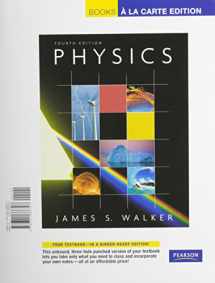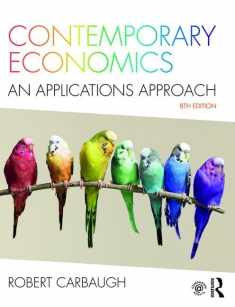
Introduction to Infrastructure: An Introduction to Civil and Environmental Engineering
Book details
Summary
Description
Students learn not only the what of the infrastructure, but also the how and the why of the infrastructure. Readers learn the infrastructure is a system of interrelated physical components, and how those components affect, and are affected by, society, politics, economics, and the environment. Studying infrastructure allows educators and students to develop a valuable link between fundamental knowledge and the ability to apply that knowledge, so students may translate their knowledge to new contexts.
The authors' implementation of modern learning pedagogy (learning objectives, concrete examples and cases, and hundreds of photos and illustrations), and chapters that map well to the ABET accreditation requirements AND the ASCE Civil Engineering Body of Knowledge 2nd edition (with recommendations for using this text in a 1, 2, or 3 hour course) make this text a key part of any civil and/or environmental engineering curriculum.


We would LOVE it if you could help us and other readers by reviewing the book
Book review





